The first Australian Centre for Game Design Research launches at RMIT tonight in an attempt to boost the university’s potential in the growing market for apps and games.
This comes as the popularity of courses in gaming and animation continues its rapid increase.
“There has been a growing trend of students doing a PhD in one of our game labs at RMIT,” centre director Stefan Greuter said.
But the centre is also an attempt at getting games out of their stereotypical box as being seen solely for entertainment.
“Being entertained by a game is a completely legitimate exercise, it relaxes people and it can be highly social, but we want to raise awareness that you can use games for so much more,” Mr Greuter said.
A lot of the work that is done in RMIT’s gaming laboratories looks at problems in the “real world” of other sectors.
One example had researchers develop a drone that is programmed to fly in front of a runner to optimize exercise and make it more enjoyable.
“It recognizes a pattern on your T-shirt so it knows who you are and it’s programmed to give you an optimal exercise – it flies faster when you are meant to increase your speed, based on your heart rate, or flies off into different directions and you have to chase it,” Professor Greuter said.
Other projects include a special tablet with 3D games that aim to retrain the brain of patients who have suffered brain injury from an accident or a stroke.
The centre was approved last year, in a move to group all of the six different gaming laboratories at RMIT together and making the gaming and animation strands more recognised.
As it finally launches tonight, many students are excited to showcase their work to guests from various backgrounds.
“I hope they can all see that games are not just people sitting at home playing in a fantasy world, but games can have potential in a range of different areas and industries,” PhD student Lauren Ferro said while preparing her Gaming Cards for tonight’s presentation.
The flashcards are aimed at helping game designers with ideas and structures for their innovations.
Ms Ferro is looking forward to not only “showing the world things that we are capable of doing”, but also new collaborations between students and professionals in the industry.
The laboratories in RMIT’s Design Hub have been successful since their launch three years ago, with the first generation of students graduating this year.
Betty Sargeant has finished her PhD and released an iPad app that encourages children to read with their parents last year.
Ms Sargeant had previously been writing children’s printed books in Creative Writing and Humanities departments and appreciates the Games Centre for its support in making her artwork interactive.
“I bring a designer approach. I’m interested in the design being attractive. But I’m also interested in the design being usable and this is where the people in this design centre can help me. It’s really great to be amongst people who understand the challenges and the joys of making interactive, digital work,” she said.
It is this networking of many different areas that the centre hopes to achieve in the future.
“Games can be used in many more concepts and there will be jobs in these areas. Hopefully in the future it won’t just be the entertainment industry that is hiring students from our programs, but other industries as well,” Professor Greuter said.

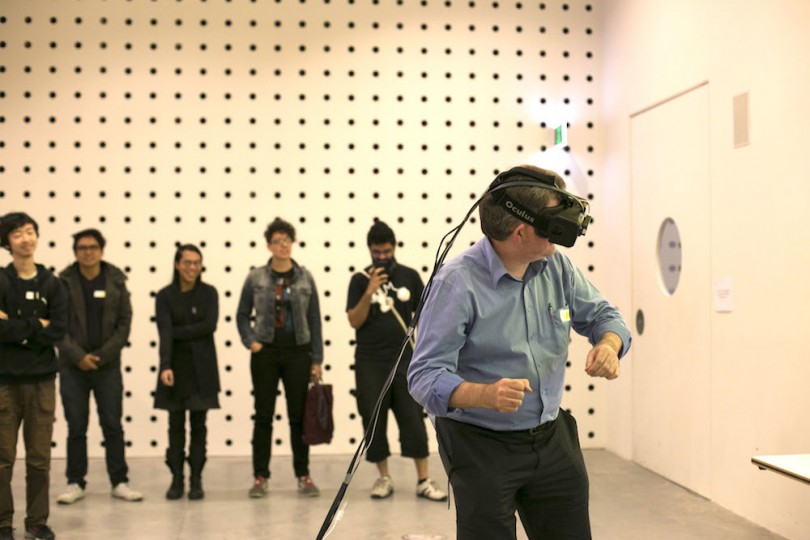
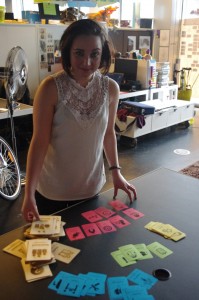
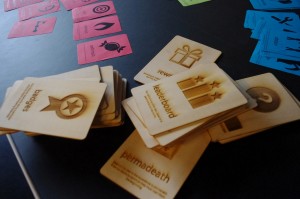
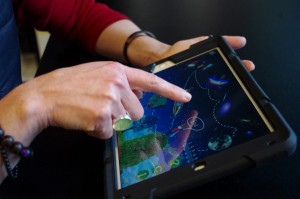
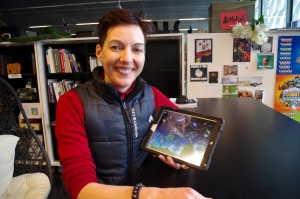



[…] Gamicards are again in the news as part of the official RMIT Centre for Game Design Research launch. […]